These ‘Innocent’ Foods Could Sneakily Sabotage Your Waistline!
18 Sep 2024When we think of calorie-heavy foods, our minds usually go straight to fast food or desserts. But there are many foods we eat every day that seem healthy or harmless, yet are surprisingly high in calories. Some of these are marketed as "nutritious" or "light," but the calorie count can add up quickly, catching you off guard. Let's explore foods that might secretly be packing more calories than you think and how to enjoy them without throwing your diet off balance.
Dates
Dates are often used as a natural sweetener and are praised for their high fiber content. However, they are also packed with natural sugars, making them extremely calorie-dense. Just a handful of dates can easily add 200-300 calories to your snack.
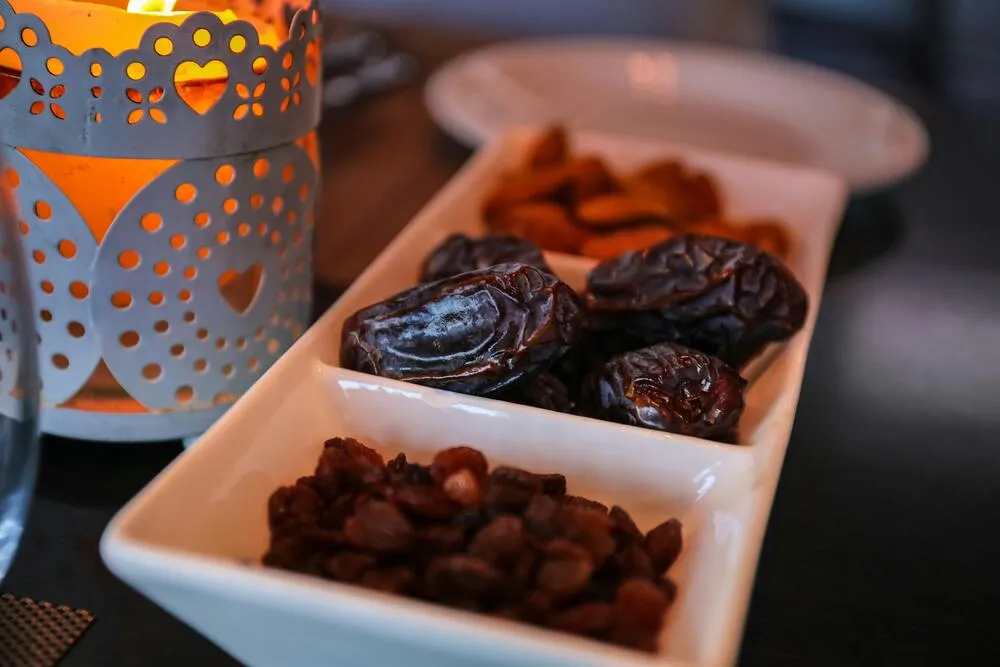
While they’re nutrient-rich, it’s easy to go overboard, especially when snacking on them throughout the day. To enjoy dates without overdoing it, eat them in moderation and try pairing them with protein, like a few almonds, to balance your snack.
Hummus
Hummus, made from chickpeas, tahini, olive oil, and garlic, is often considered a healthy dip. But what many don’t realize is that hummus can be quite calorie-heavy, mainly due to the olive oil and tahini.
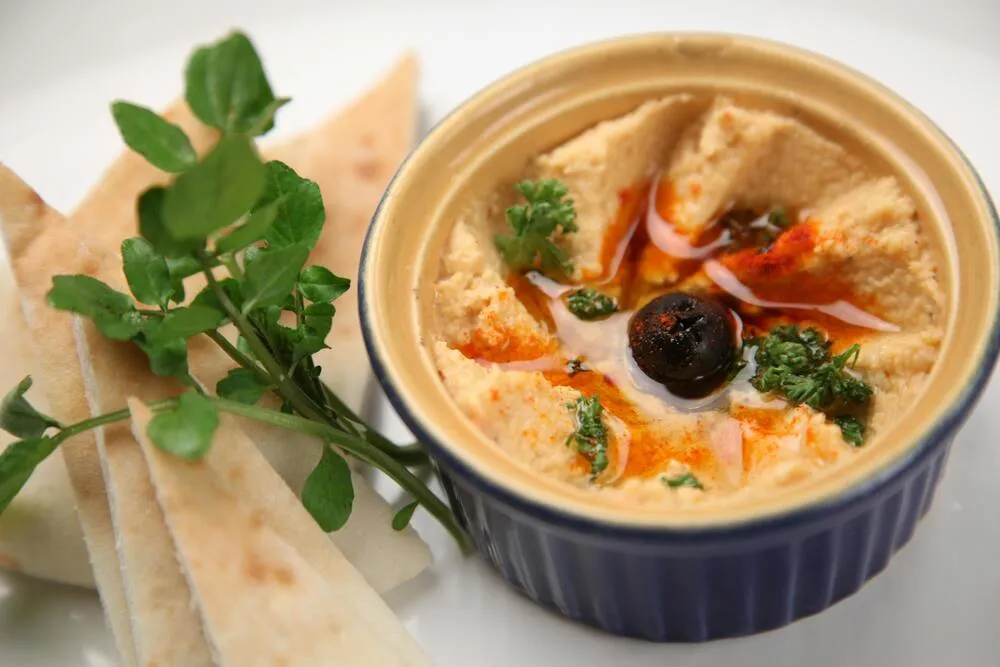
A couple of tablespoons can contain as many as 80 calories, and if you pair it with chips or pita bread, those calories quickly multiply. To keep things light, swap the pita for raw veggies like carrots or cucumbers, which add crunch without the extra calories.
Olives
Olives are a great source of healthy fats but those fats come at a caloric cost. A small serving of about 10 olives can contain 50 to 70 calories, which might not seem like much but if you're snacking mindlessly, it’s easy to go through a whole jar.
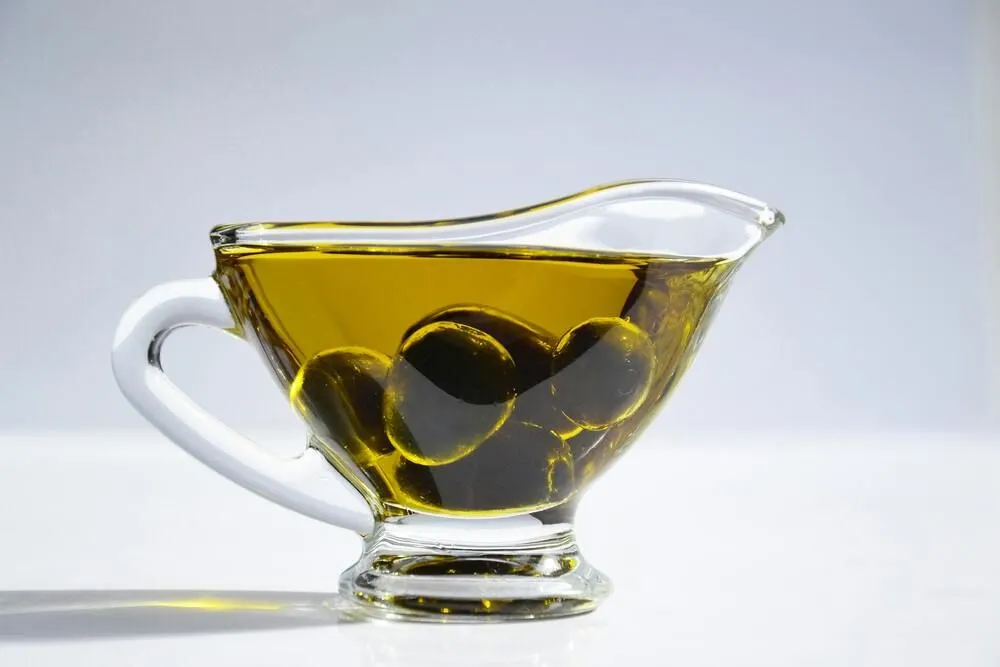
Additionally, olives are often paired with salty foods like cheese, which adds even more calories. The key to enjoying olives without racking up calories is to use them as a flavor enhancer in dishes like salads, rather than snacking on them in large amounts.
Quinoa
Quinoa is often celebrated as a superfood due to its high protein and fiber content, making it a popular alternative to rice. But it’s also higher in calories than many grains. One cup of cooked quinoa has about 220 calories, which can add up quickly, especially if you’re adding oils, sauces, or other high-calorie toppings.
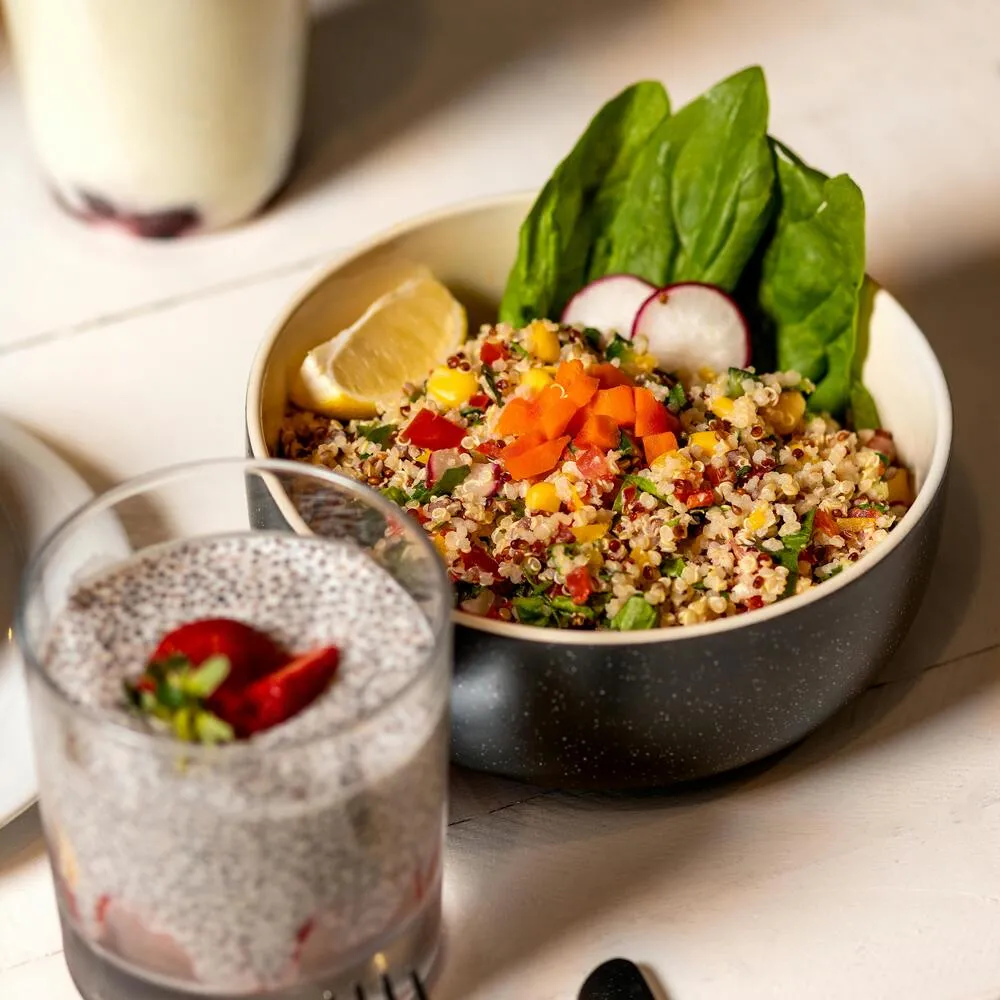
A good way to keep quinoa in your diet without overloading on calories is to measure out portions and mix it with a larger amount of vegetables for a filling but lighter meal.
Cashews
Nuts like cashews are full of healthy fats and nutrients but they are also calorie-dense. Just a small handful (about 1 ounce) can contain over 150 calories. If you snack on them throughout the day or use them as toppings for dishes, those calories can add up fast.
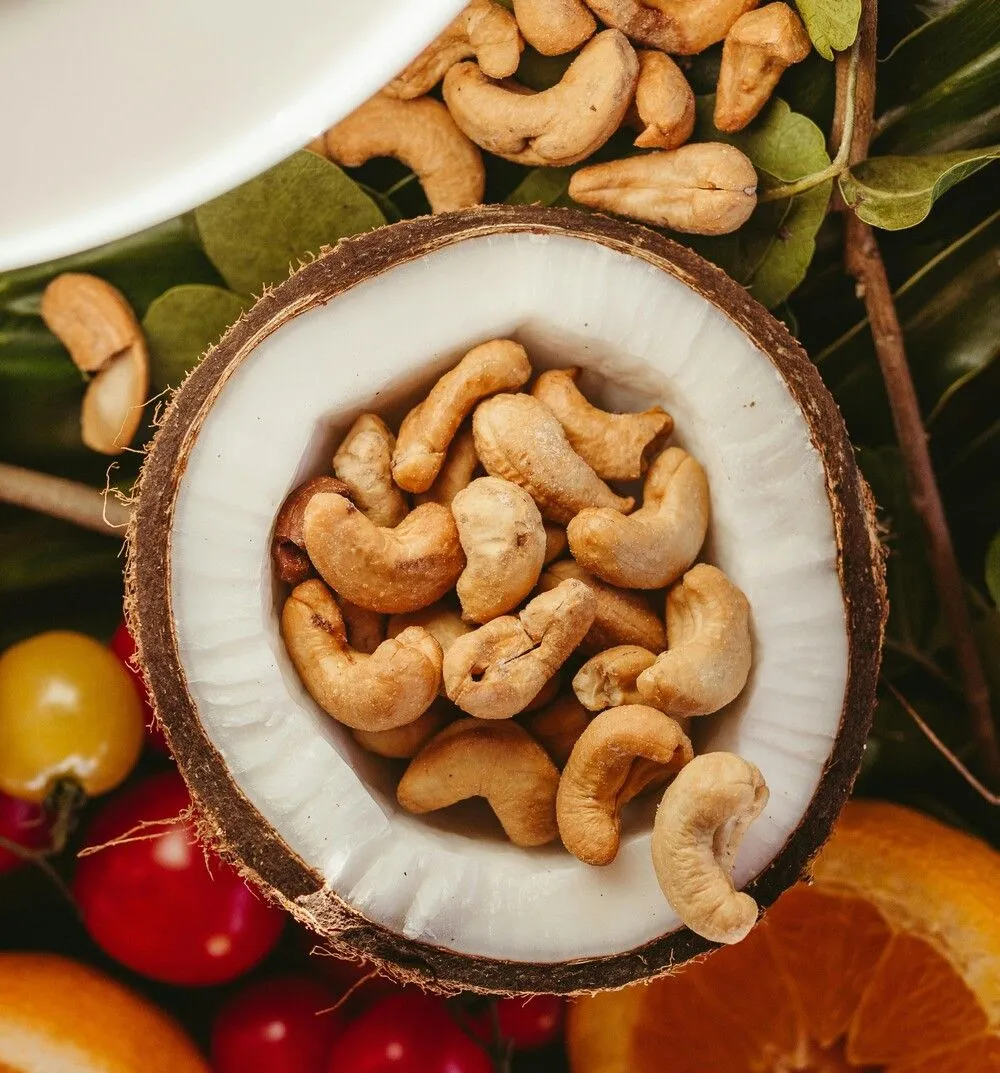
To avoid overconsumption, portion out a small amount and pair them with lower-calorie foods like fruits or vegetables for a balanced snack.
Bananas
Bananas are a nutritious and convenient snack, offering potassium, vitamin C, and fiber. However, they’re higher in calories compared to other fruits like berries or apples.
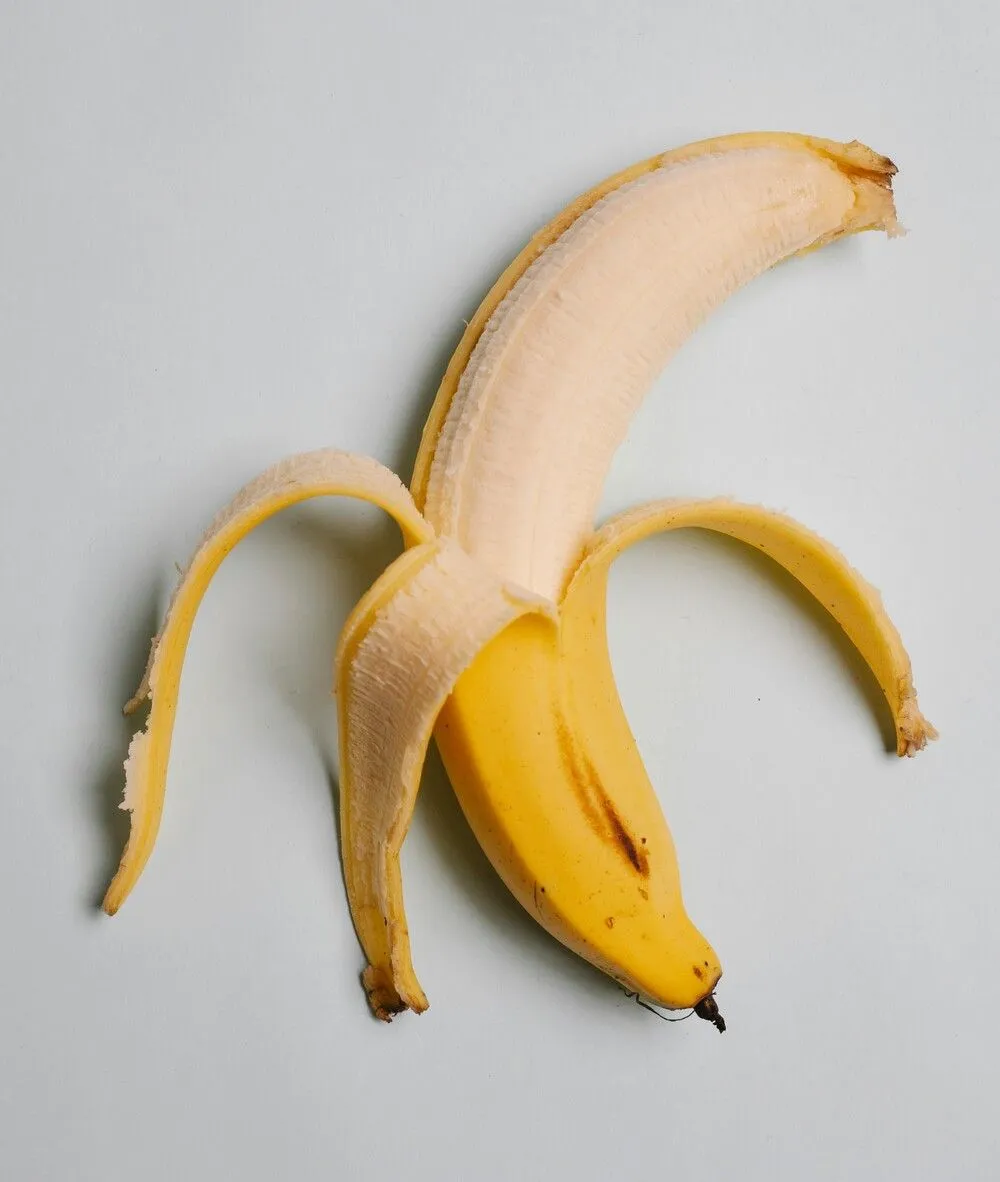
A medium banana has about 105 calories, and it’s easy to forget how quickly they can add up if you’re eating more than one or using them in smoothies and desserts. For a balanced approach, try pairing a banana with a small serving of protein or fat, like peanut butter, to keep your energy levels stable.
Avocados
Avocados are praised for their creamy texture and heart-healthy fats but they’re also quite calorie-dense. With around 240 calories in a single avocado, it’s easy to overdo it, especially when combined with other high-calorie ingredients in sandwiches or guacamole. While the fats are healthy, they can add up quickly.
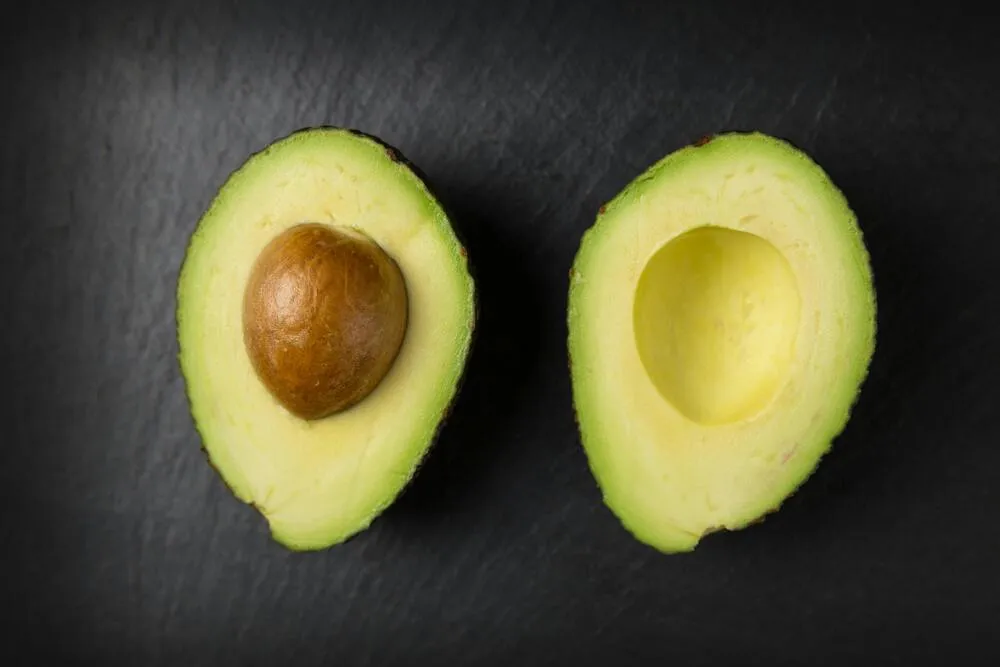
To enjoy the benefits of avocado without overloading on calories, try smaller portions. Use a quarter or slice it thinly across multiple dishes, keeping that rich flavor while managing your intake.
Breakfast Cereals
Breakfast cereals may seem like a healthy start to the day but many are loaded with hidden sugars and refined grains. Even cereals advertised as "whole grain" or "high fiber" can contain 200-300 calories per serving, and that’s before adding milk. It’s also easy to pour more than the recommended serving size, which means even more calories.

For a more calorie-friendly breakfast, opt for low-sugar cereals or oatmeal topped with fresh fruit. You’ll start your day with energy, minus the extra sugar.
Energy Drinks
Energy drinks are a quick way to boost your energy but they’re often packed with calories. A standard can can contain between 100 and 250 calories, mainly from added sugars. The sugar can give you an energy spike followed by a crash, which often leaves you feeling worse later in the day.
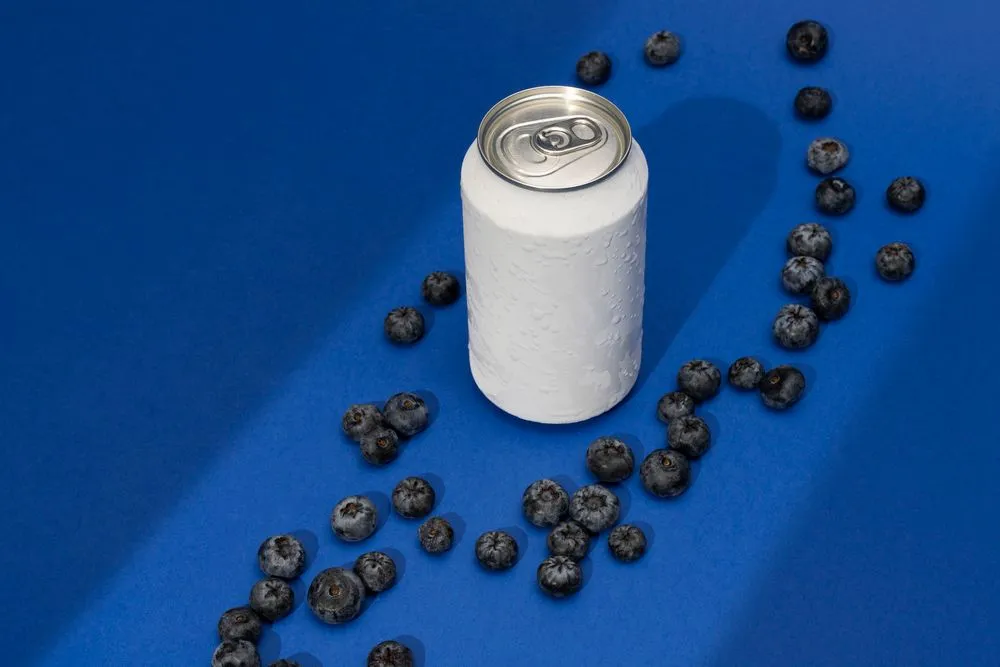
To avoid these hidden calories, opt for low-calorie or sugar-free energy drinks. Better yet, swap them out for black coffee or tea for a caffeine hit without the sugar overload.
Tacos
Tacos are a tasty, versatile dish but the calorie count can vary drastically depending on what you put in them. A simple taco with grilled chicken and veggies might have around 150-200 calories but if you add cheese, sour cream, and a fried shell, the number jumps up quickly.

For a healthier taco, stick to lean proteins like chicken or fish, pile on the veggies, and use salsa instead of high-calorie sauces.
Sausages
Sausages are a common favorite but they can be packed with calories due to their fat content. A single sausage link can have between 150 and 300 calories, depending on the type. Pork and beef sausages, in particular, can quickly turn into a caloric indulgence.
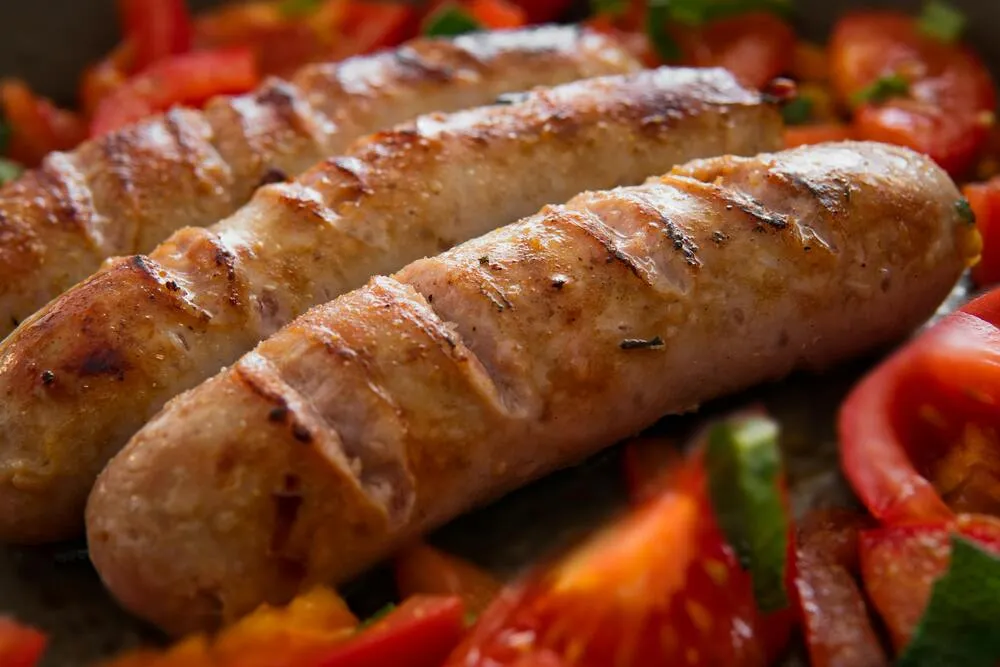
If you want to enjoy sausages without breaking your calorie budget, opt for leaner versions made from chicken or turkey, and pair them with veggies to balance out your meal.
Pizza
Pizza is a universally loved comfort food but it’s also a sneaky calorie bomb. Depending on the crust and toppings, a single slice can range from 200 to 400 calories. Add extra cheese, meats, and sauces, and the calorie count climbs even higher.
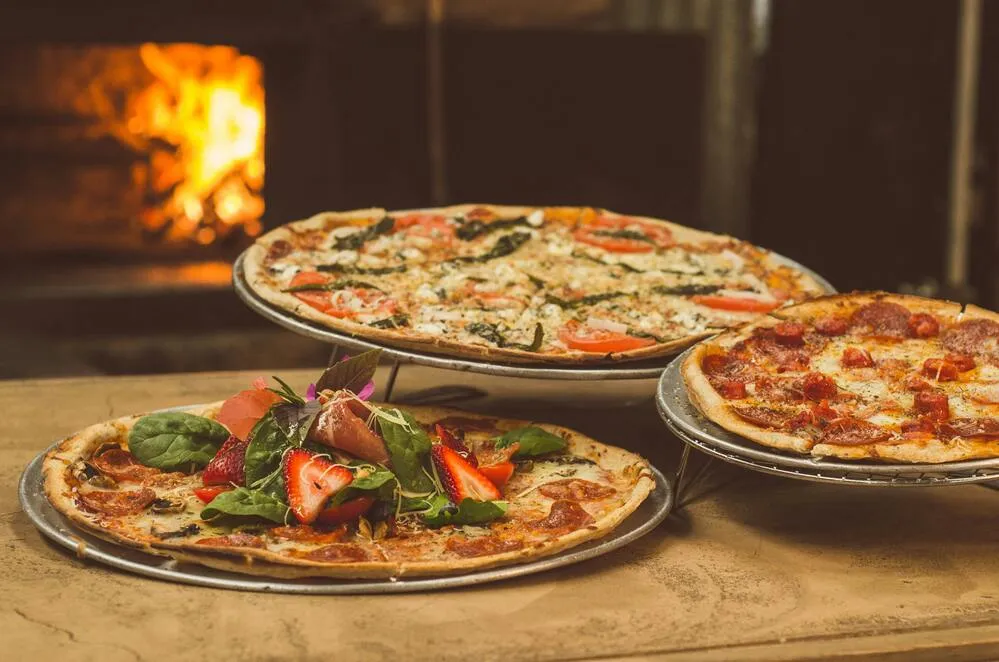
To indulge without overloading, go for a thin crust and fewer, healthier toppings. You can even make your own pizza at home with fresh ingredients to better control the calories.
Chicken Wings
Chicken wings are a favorite for game days and parties but they can quickly rack up the calories, especially when fried and doused in sauces. A single wing has about 100 calories, and that doesn’t include the extra from ranch or blue cheese dips.
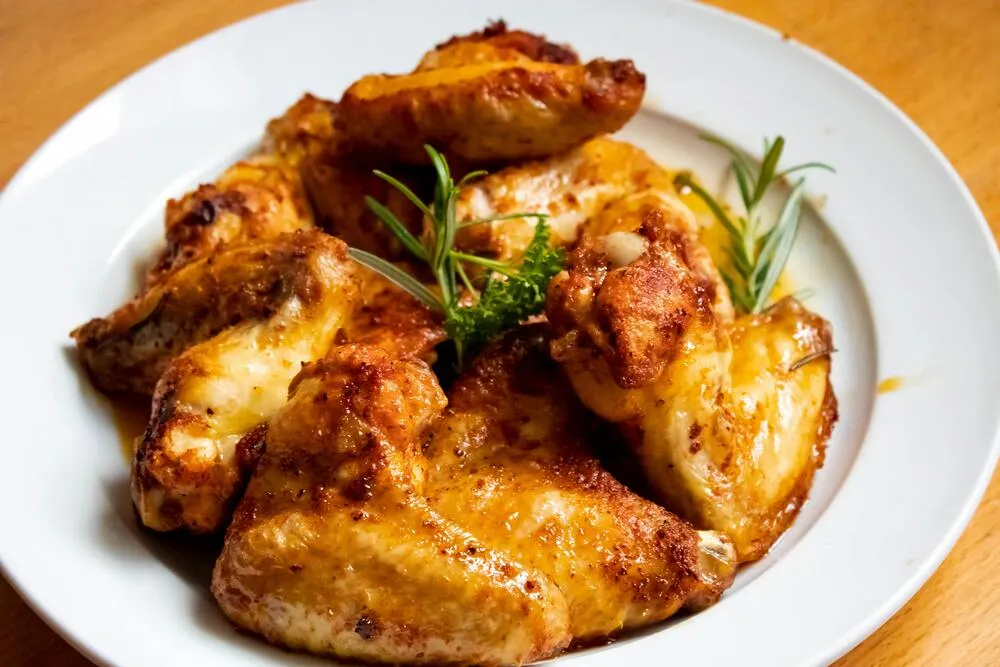
For a lighter option, try baking or grilling the wings instead of frying, and go for homemade dipping sauces to keep the calories in check.
Croissants
Croissants are loved for their buttery, flaky texture but they’re deceptively calorie-dense. One croissant can range from 230 to 350 calories, thanks to the butter and refined flour used to create that signature flakiness. It’s easy to eat more than one, too.
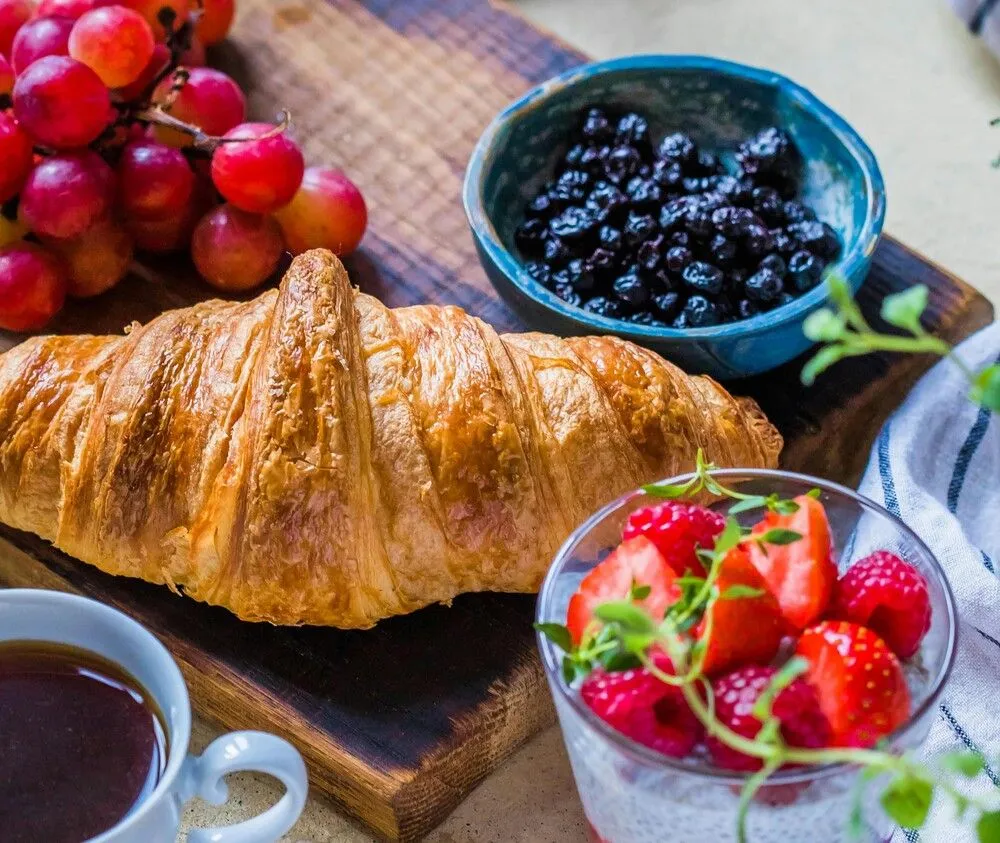
To enjoy croissants without the guilt, have them as an occasional treat or split one with a friend. Pairing them with fruit or a protein-rich side can balance the meal out a bit.
Burritos
Burritos may seem like a quick, convenient meal but they’re often loaded with more calories than you’d expect. A typical burrito can pack anywhere from 500 to over 1,000 calories, depending on the size and fillings. The large tortilla alone adds a hefty dose of calories, and when you pile on rice, cheese, sour cream, and fatty meats, things add up fast.
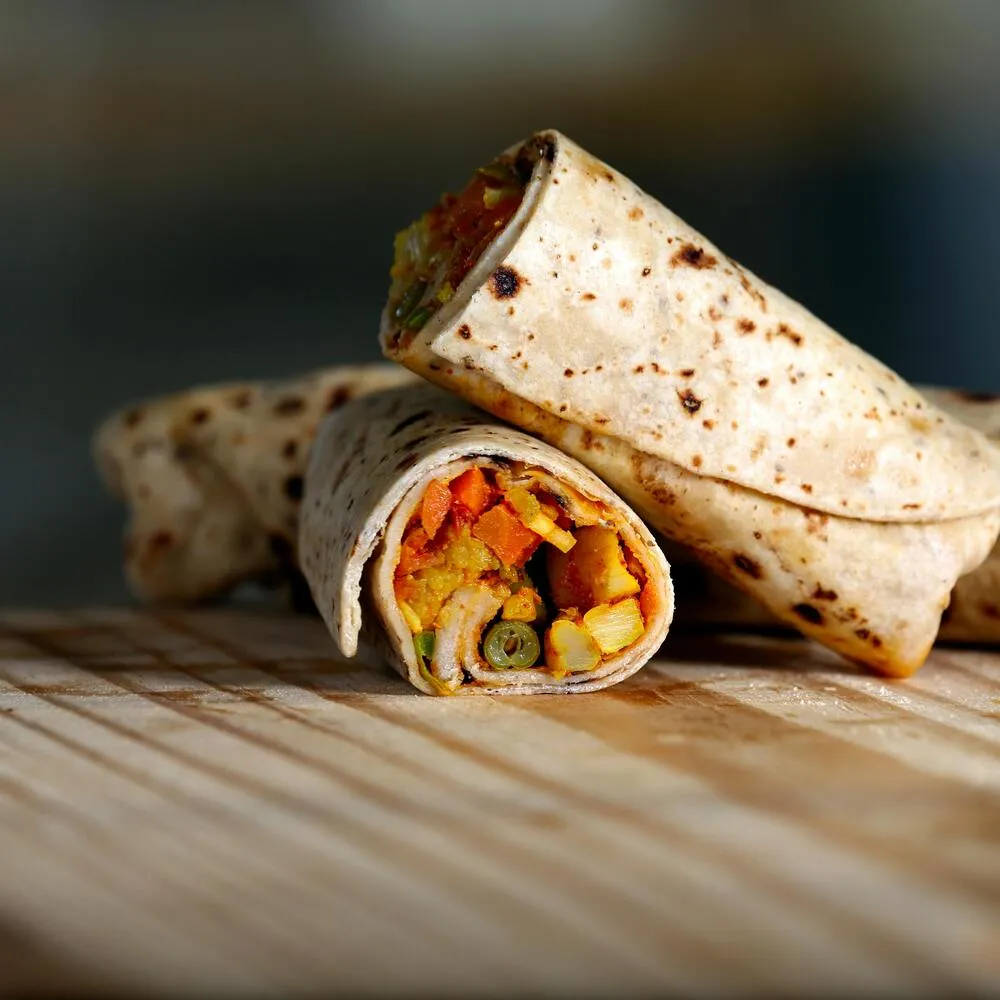
A smarter approach? Use a whole-grain tortilla, pack it with lean proteins like chicken or beans, and load up on fresh veggies. Swapping calorie-laden toppings like sour cream for salsa or guacamole can also help cut down on the caloric impact.
Pancakes
Ah, pancakes—the ultimate comfort breakfast. But don’t let their fluffy texture fool you. A medium-sized pancake typically contains around 100 calories, and that’s before you factor in the butter, syrup, or whipped cream that often accompanies it. With refined flour and added sugars in the mix, a short stack can quickly turn into a high-calorie start to your day.
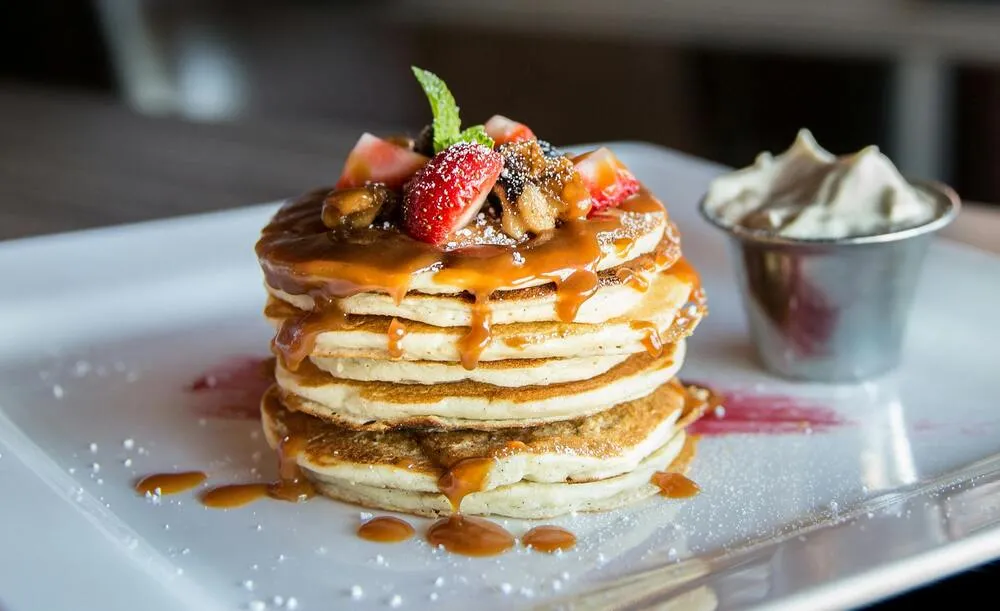
Instead, top your pancakes with fresh fruits like berries or bananas for natural sweetness and stick to a drizzle of real maple syrup. Controlling your portion sizes and balancing them with some protein-rich sides, like eggs or yogurt, can also help you maintain a more nutritious meal.
Potatoes
Potatoes are versatile and packed with nutrients but their calorie content depends largely on how they’re prepared. A baked potato has only about 110 calories but when you start frying or slathering it with butter and cheese, the numbers quickly rise.
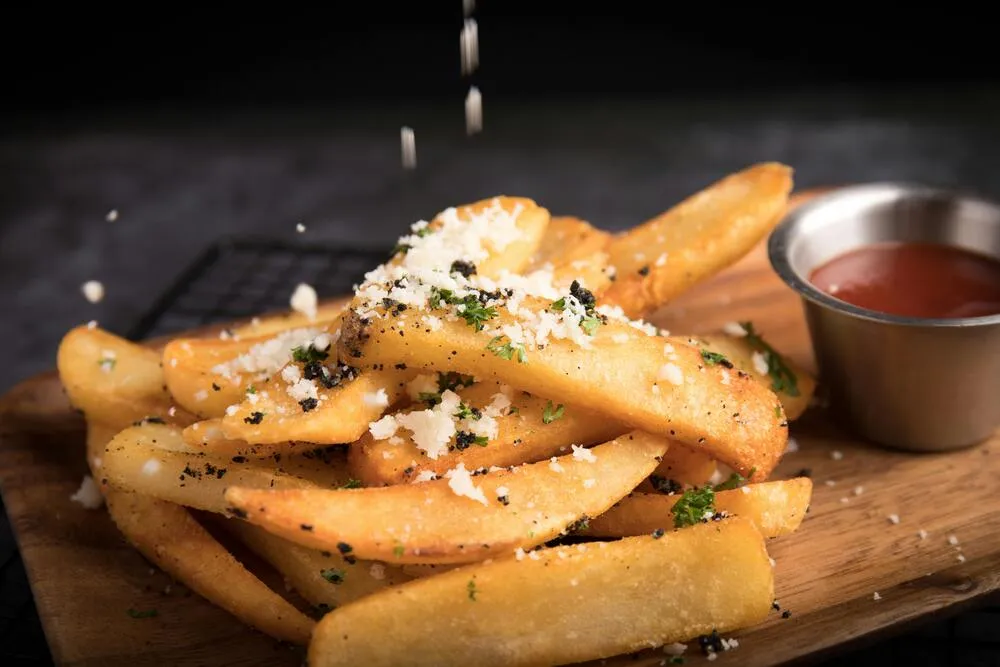
It’s easy to turn this nutritious veggie into a high-calorie side. One tip to keep things healthy? Leave the skin on—it adds fiber and essential nutrients. Pairing your potatoes with lean proteins and a variety of vegetables can create a balanced meal without overloading on calories.
Salad Dressings
Salads are often the go-to for those looking to keep their meals light but the real calorie culprit often lies in the dressing. Creamy options like Caesar or ranch can contain 150 to 200 calories per two-tablespoon serving. Even vinaigrettes, while lighter, can add significant calories if poured on too generously.
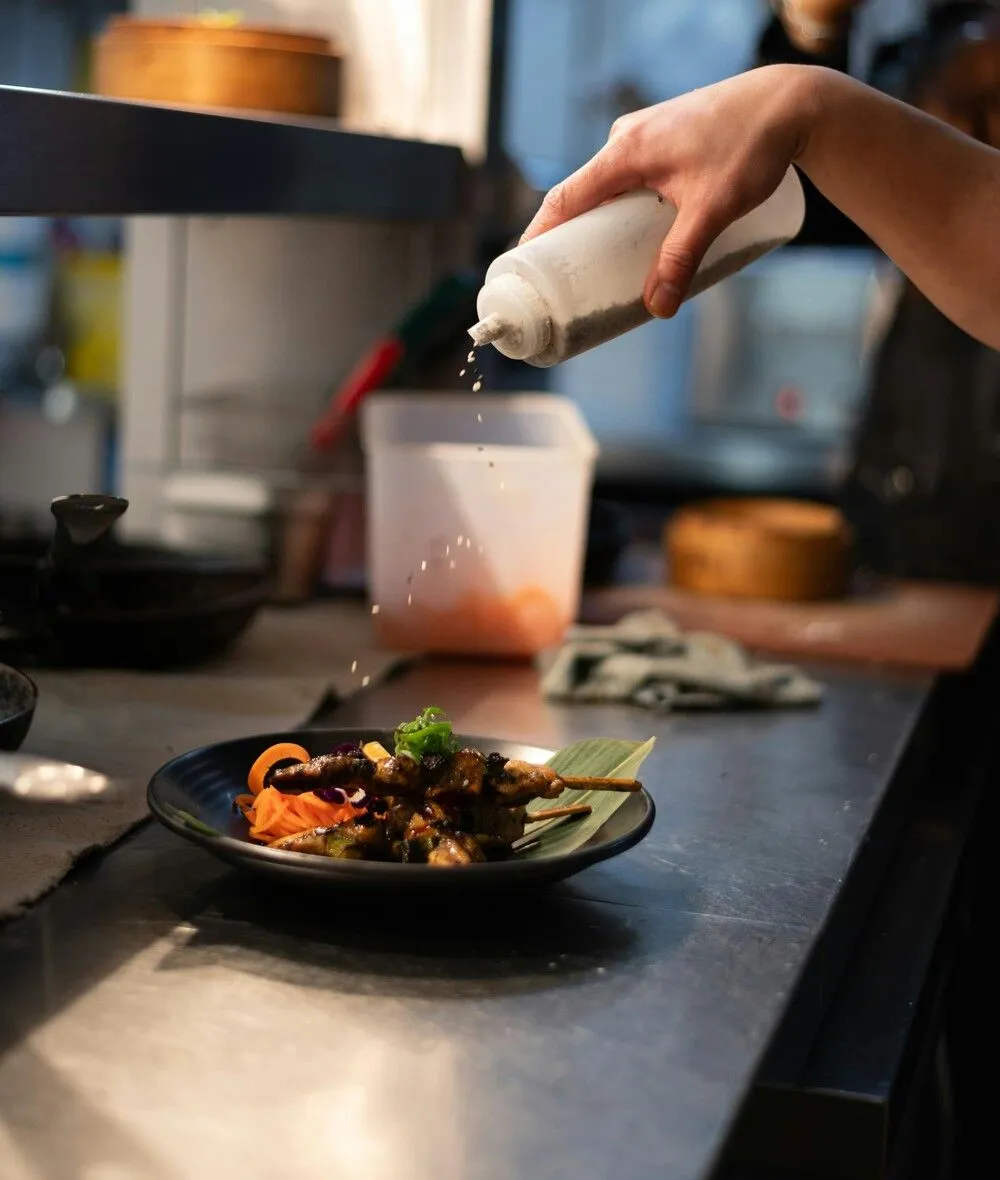
To keep your salad in the low-calorie zone, consider making your own dressing with olive oil, lemon juice, and herbs. This way, you control the ingredients and avoid the hidden sugars and fats often found in store-bought varieties.
Muffins
Muffins might look like a harmless breakfast option but they can pack in serious calories. A bakery muffin can contain between 300 and 500 calories or more, depending on its size and ingredients. Even the seemingly healthy options, like bran or blueberry muffins, are often loaded with sugar and fats.

To enjoy muffins without the extra calories, try making them at home using whole-grain flours and natural sweeteners like honey or fruit. You can also reduce portion sizes and mix in wholesome ingredients like nuts and seeds for added nutrition.
Dried Fruit
Dried fruit can be a convenient snack but it’s also a sneaky source of calories. The drying process concentrates the sugars, which means a small serving—around 1/4 cup—can pack in 100 to 150 calories. While dried fruit retains the fiber and vitamins of fresh fruit, it’s easy to overeat due to its smaller size.
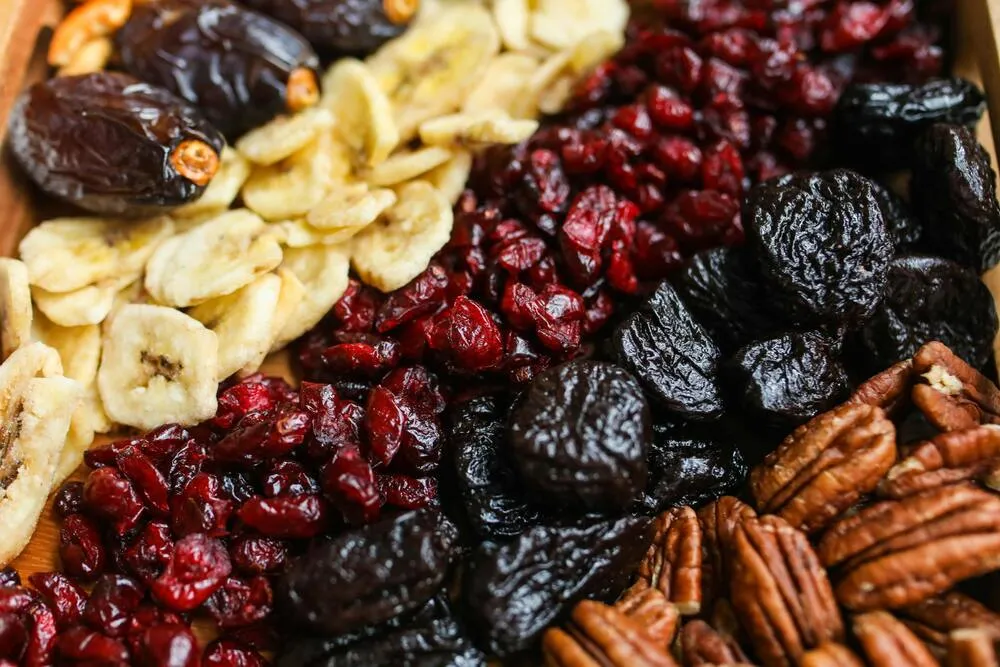
To avoid overloading on calories, opt for unsweetened varieties and watch your portion sizes. Dried fruit can be a great addition to salads, yogurt, or a trail mix when used in moderation.
Nuts
A small handful, about one ounce, can contain around 160 to 200 calories, depending on the type. Despite their health benefits, it's easy to overconsume calories if you don’t keep an eye on portion sizes.
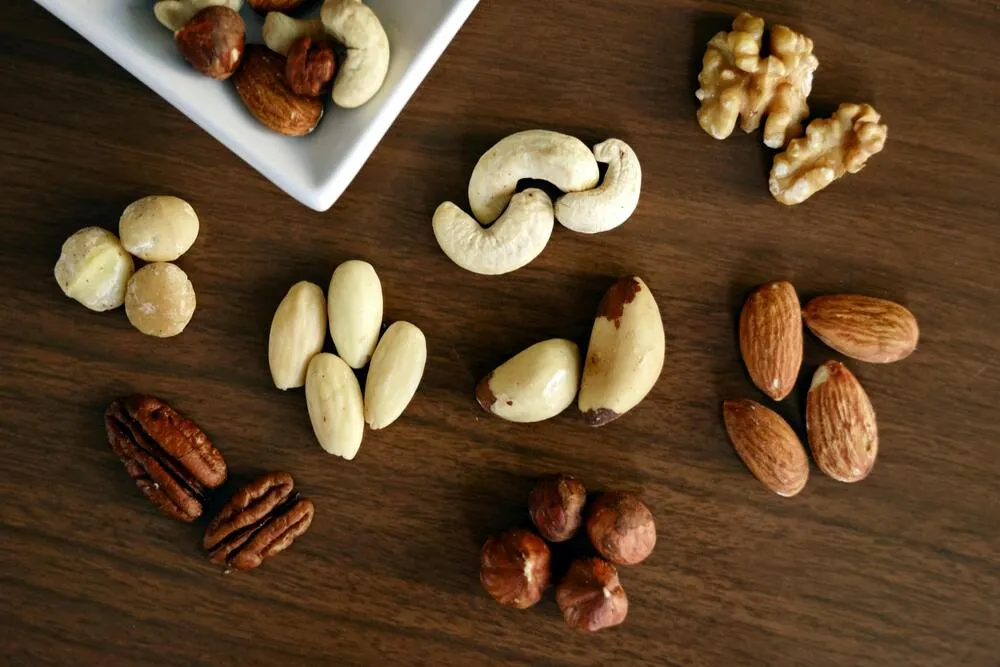
The calories in nuts mainly come from their fat content, which, while healthy, is still calorie-rich. Nuts like almonds, walnuts, and cashews are great for you but can be high in calories, especially if they’re flavored or roasted with added oils and sugars.
Bagels
Bagels are a breakfast staple known for their dense, chewy texture. Yet, they can be quite calorie-rich. A single plain bagel can have around 250 to 300 calories, and adding toppings like cream cheese or butter can easily double that number.
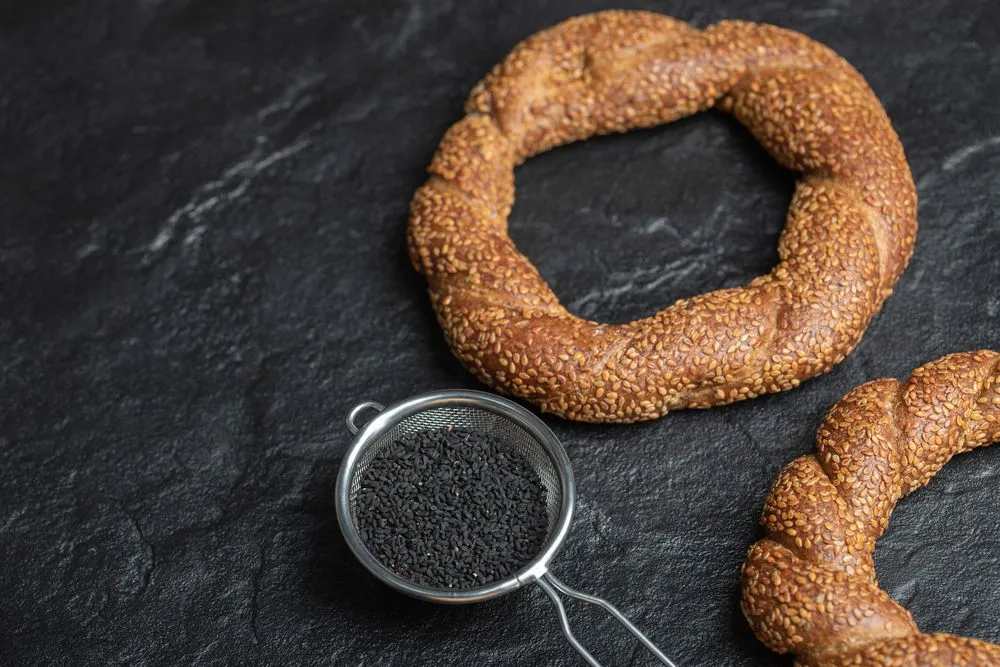
The high calorie count in bagels comes from refined flour and carbohydrates. They offer quick energy but lack the fiber and nutrients found in whole grains, which can lead to overeating. Flavored bagels can also have extra sugars and salts, adding even more calories. Opt for lighter toppings like low-fat cream cheese or avocado to keep the calorie count in check. Balancing your bagel with protein-rich sides like eggs or yogurt can make for a more satisfying and nutritious breakfast.
Pasta
Pasta is beloved for its versatility and comforting qualities but it can be calorie-dense. A single cup of cooked pasta contains about 200 calories, and this doesn’t include any sauces or toppings that can significantly increase the calorie content.
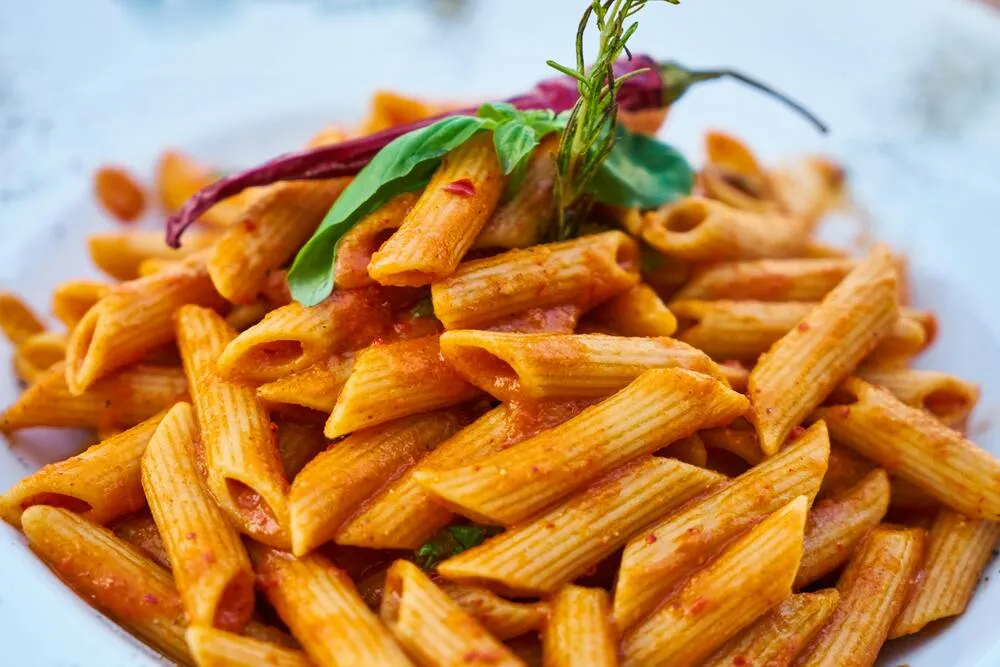
The calories in pasta primarily come from carbohydrates, which provide energy but can add up quickly if portion sizes are large. Popular pasta dishes often feature rich, creamy sauces and cheeses, further boosting the caloric intake. Even whole grain or vegetable-based pastas, while healthier, still pack in calories.
Protein Bars
Many protein bars are surprisingly high in calories. While marketed as healthy, it’s crucial to read the labels carefully.
The calorie content in protein bars comes from a mix of protein, fats, and sugars. Some bars have added sugars and fats that can significantly increase the calorie count.
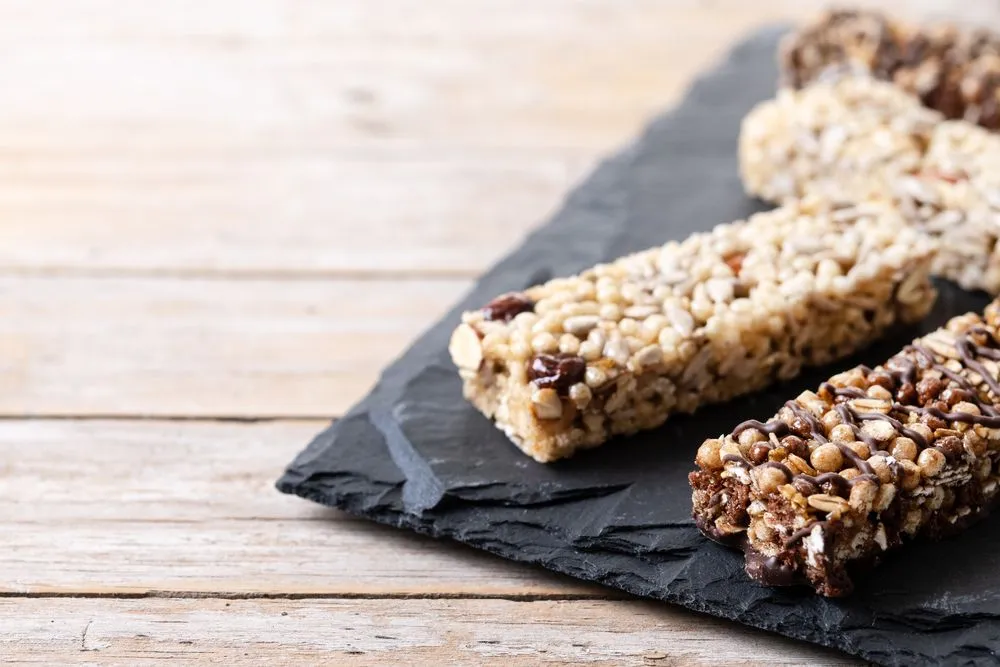
Choose protein bars with minimal added sugars and high-quality protein sources. Bars made with natural ingredients and lower calorie counts can be a better choice for a nutritious snack. Moderation and balance are key to integrating protein bars into your diet without excessive calorie intake.
Ice Cream
Ice cream is a beloved dessert but it can be surprisingly high in calories. A typical half-cup serving often contains between 200 to 300 calories, depending on the flavor and brand. The calorie content primarily comes from the sugar and cream, which give ice cream its rich, creamy texture and sweet taste.

To enjoy ice cream without overindulging, consider opting for smaller portions or choosing lower-calorie alternatives such as sorbets or frozen yogurts. Enjoying ice cream as an occasional treat can also help you satisfy your sweet tooth without exceeding your calorie goals.
Cheese
Cheese is a flavorful and versatile dairy product but it's also quite calorie-dense. Just one ounce of cheddar cheese contains about 110 calories. This high caloric content is due to its fat and protein, which, while providing energy, can add up quickly if not consumed in moderation.
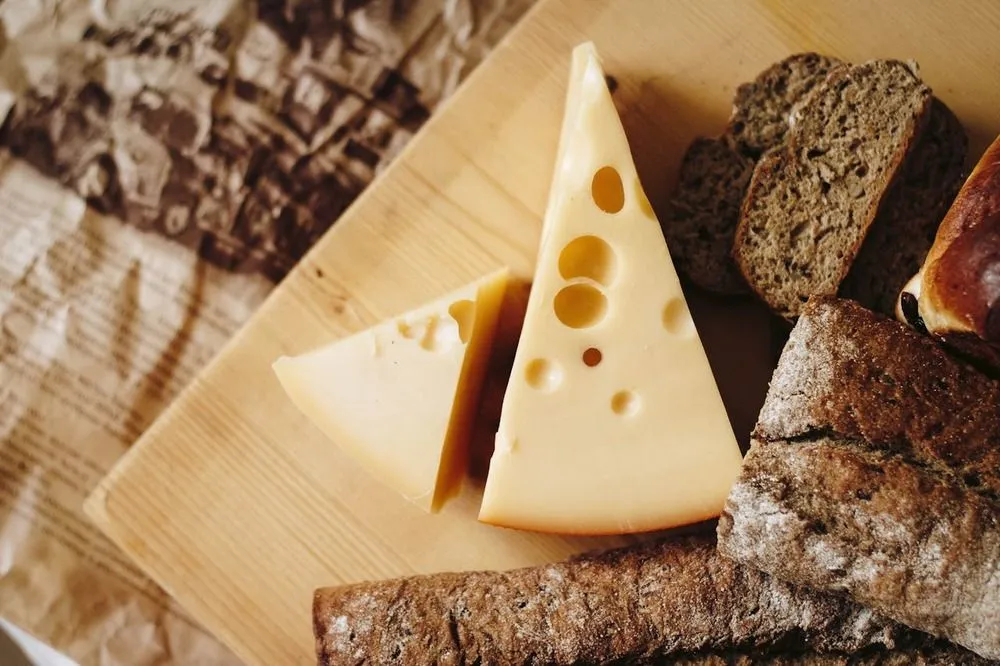
Cheese's calories mainly come from its fat content, which gives it that creamy, satisfying taste. To manage calorie intake, use cheese sparingly as a flavor enhancer rather than a main ingredient. Opt for stronger-flavored cheeses to use less while still enjoying the taste, and consider lower-fat cheese options to get similar nutritional benefits with fewer calories.
Whole Milk
Whole milk is rich and creamy but it's also high in calories. While it offers essential nutrients like calcium and vitamin D, its calorie content can add up quickly due to its fat content.
The calories in whole milk come from the fat, which contributes to its creamy texture and taste.
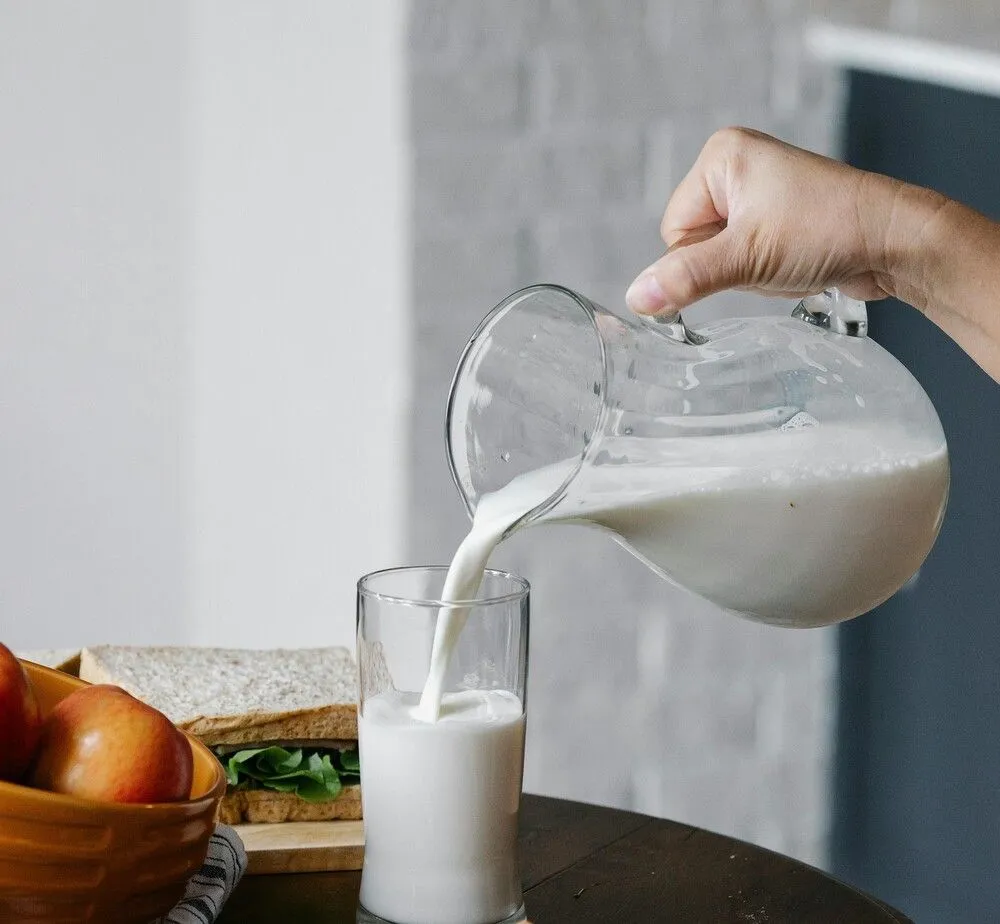
For those looking to manage calorie intake, switching to lower-fat milk options like skim or 2% milk can provide the same essential nutrients with fewer calories. Moderation and balancing whole milk with other low-calorie foods can help maintain a healthy diet.
Almond Butter
Almond butter is a nutritious spread, packed with healthy fats, protein, and fiber. However, it is also calorie-dense, with two tablespoons containing around 190 calories. The high caloric content is primarily due to the natural fats in almonds, which are healthy but can quickly add up.
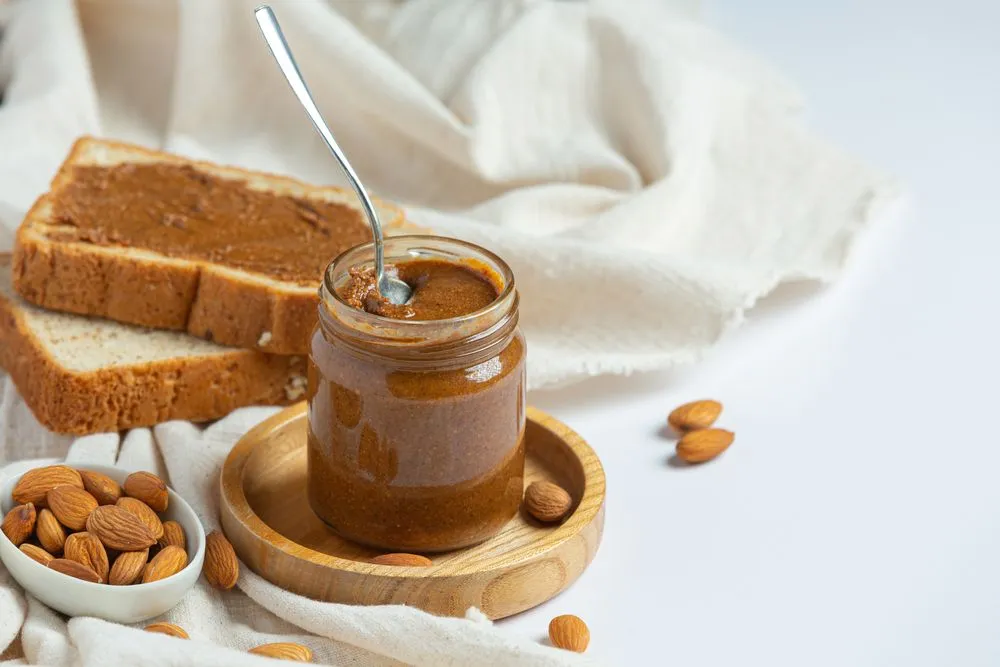
To incorporate almond butter into your diet without overloading on calories, use it as a spread on whole-grain bread or add it to smoothies in measured amounts. Choosing natural almond butter without added sugars or oils can help keep the calorie count in check while still providing a nutritional boost.
Coconut Milk
Coconut milk, popular in many dishes and as a dairy alternative, is rich and creamy but also high in calories. A single cup of canned coconut milk can pack over 450 calories, primarily due to its high-fat content. The calories in coconut milk come from its saturated fats, which provide flavor and texture but also contribute to a high caloric density. Even lighter versions of coconut milk can add up if used in large quantities.

To enjoy coconut milk while keeping calorie intake in check, consider opting for light coconut milk or diluting it with water. Using it sparingly in recipes can help maintain the desired flavor and texture without significantly impacting your calorie count.
Dark Chocolate
Dark chocolate is renowned for its health benefits, including antioxidants and potential heart health advantages. However, it’s also quite calorie-dense. A single ounce of dark chocolate typically contains around 150 to 170 calories. The calorie content in dark chocolate comes from its fat and sugar content. Chocolates with higher cocoa content tend to have more beneficial compounds but can still be high in calories. Enjoying dark chocolate in moderation can provide a satisfying treat while keeping your calorie intake under control.
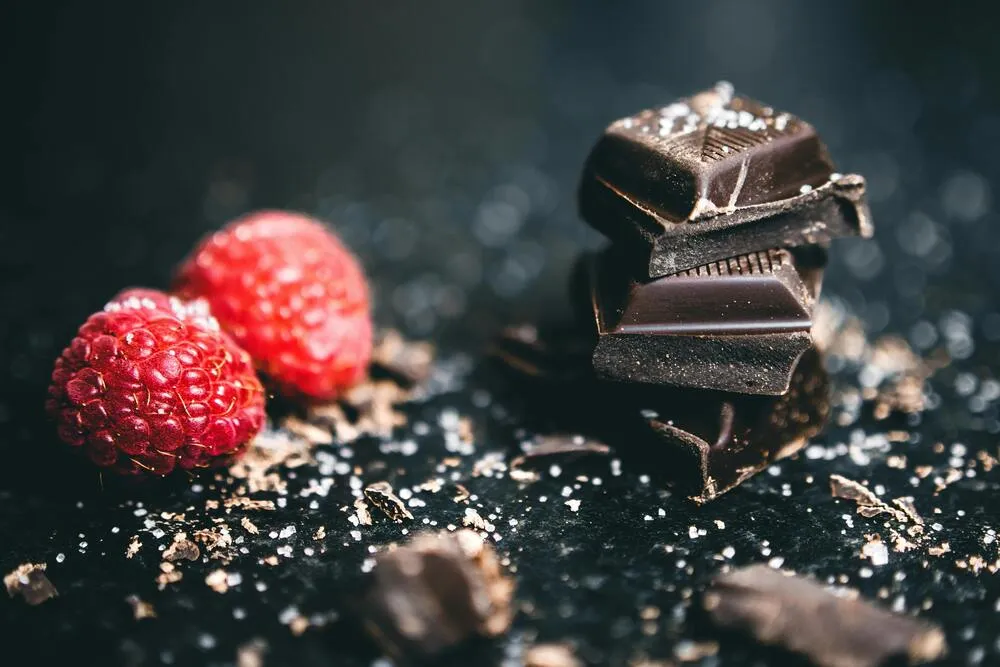
To savor dark chocolate without overindulging, consider it a small, occasional treat rather than a daily snack. Opting for chocolates with higher cocoa content and minimal added sugars can enhance its health benefits and flavor while keeping calories in check.
Smoothies
Smoothies are often perceived as a healthy option but they can be surprisingly high in calories. Even fruit-based smoothies can contribute to a significant caloric intake due to natural sugars and added ingredients. The calorie content in a smoothie depends largely on its components. Fruits provide essential vitamins and fiber but adding ingredients like honey, syrups, or large amounts of high-calorie items can quickly increase the calorie count. Commercially prepared smoothies often contain hidden sugars and larger portions than homemade ones.
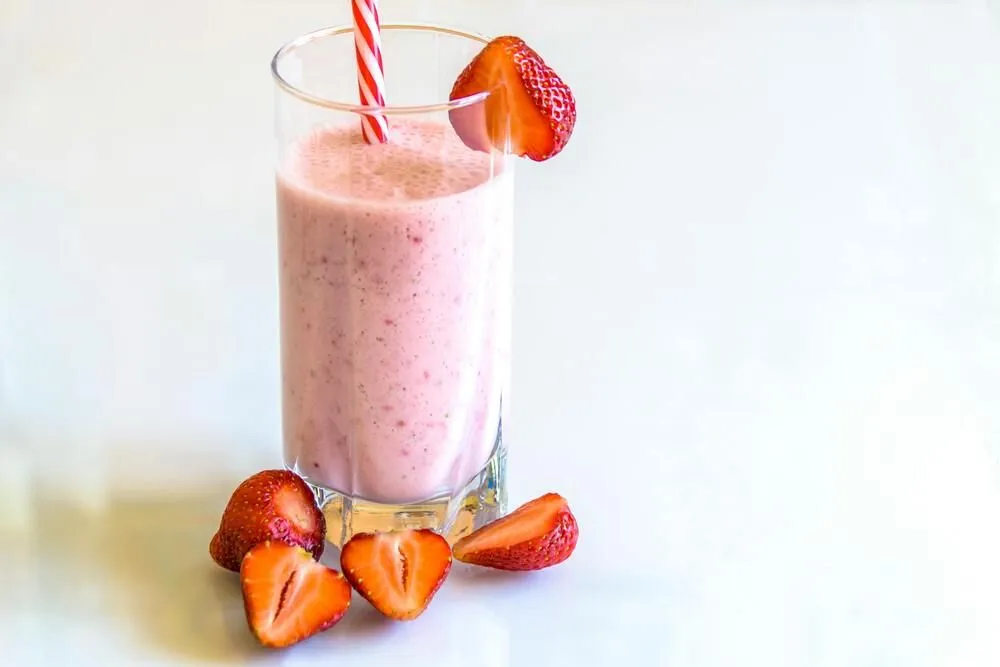
To keep smoothie calories under control, focus on using fresh or frozen fruits, leafy greens, and modest portions of high-calorie ingredients like nuts or seeds. Avoid added sugars and opt for low-fat dairy or plant-based milk alternatives to create a nutritious, refreshing drink without excessive calories.
Trail Mix
Trail mix is a convenient and nutrient-dense snack but it can be surprisingly high in calories. A small handful, about 1/4 cup, can contain up to 200 calories or more. This is mainly due to the mix of nuts, seeds, dried fruits, and sometimes chocolate or yogurt-coated additions.
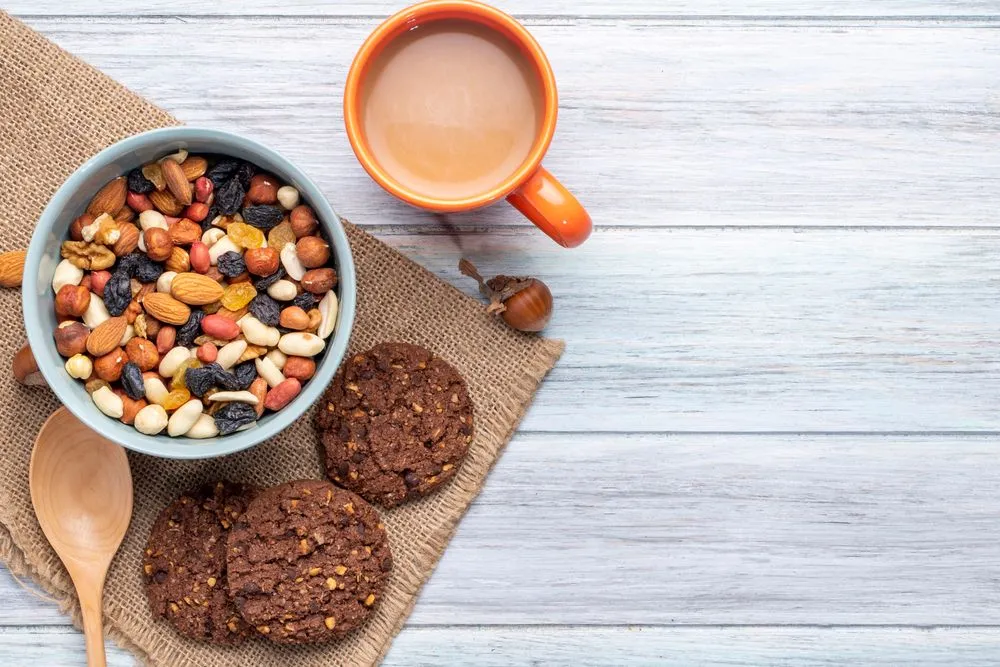
The calorie content in trail mix is primarily from nuts and seeds, which are high in healthy fats, and dried fruits, which often contain added sugars. To enjoy trail mix without the extra calories, consider making your own at home.
Peanut Butter
Peanut butter is a favorite spread known for its rich, nutty flavor and impressive nutritional profile. However, it is also quite calorie-dense, with just two tablespoons packing around 190 calories, primarily from healthy fats and proteins. While it provides a good dose of energy and essential nutrients, its high caloric content means moderation is essential.
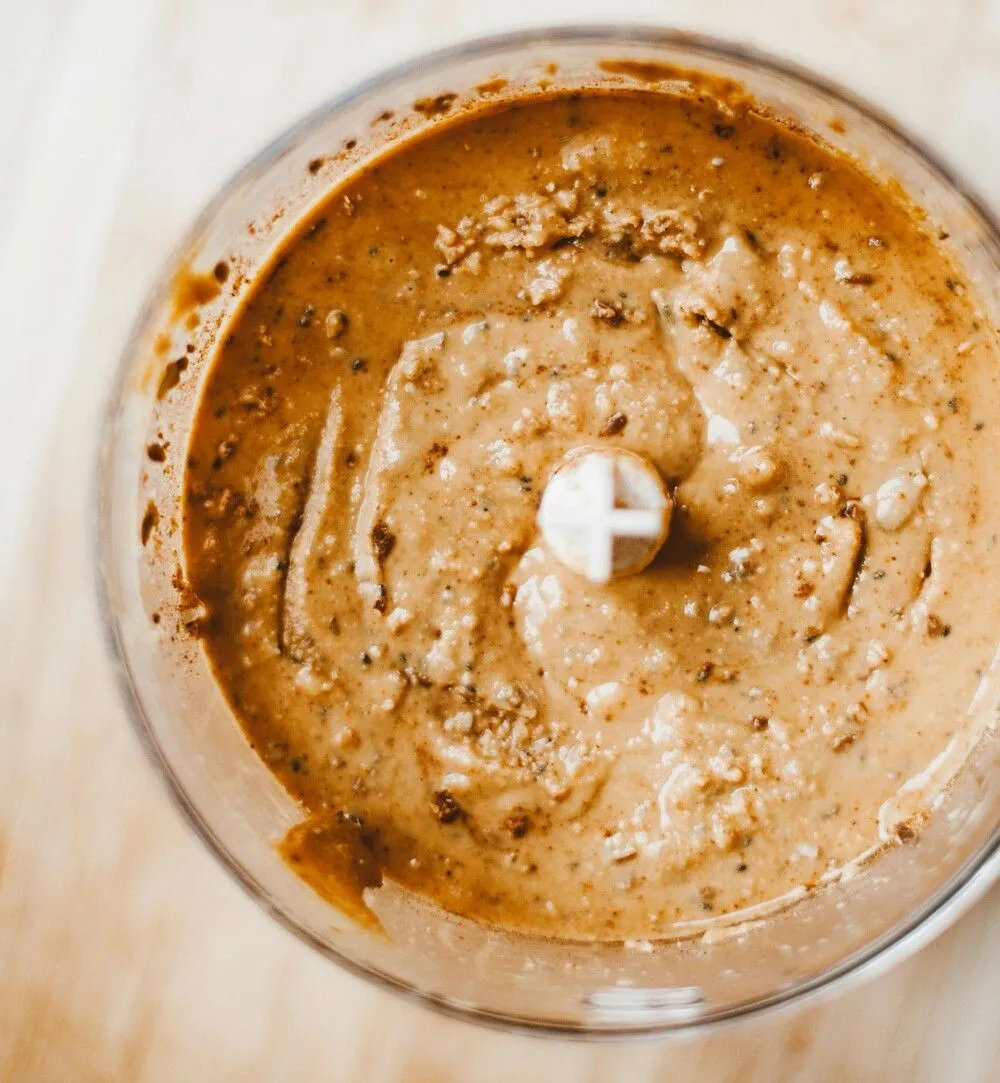
The bulk of calories in peanut butter comes from its fat content. Though these fats are healthy, they can add up quickly if not consumed in moderation. Natural peanut butter, free from added sugars and hydrogenated oils, is a better option for those mindful of their calorie intake. Still, even natural peanut butter should be enjoyed in carefully measured portions to avoid excessive calorie consumption.
Granola
Granola, often touted as a healthful breakfast or snack, can be unexpectedly high in calories. A single cup of granola can contain over 400 calories, largely due to added sugars, oils, and dried fruits. While granola is indeed rich in nutrients and fiber, portion control is crucial to avoid consuming too many calories.
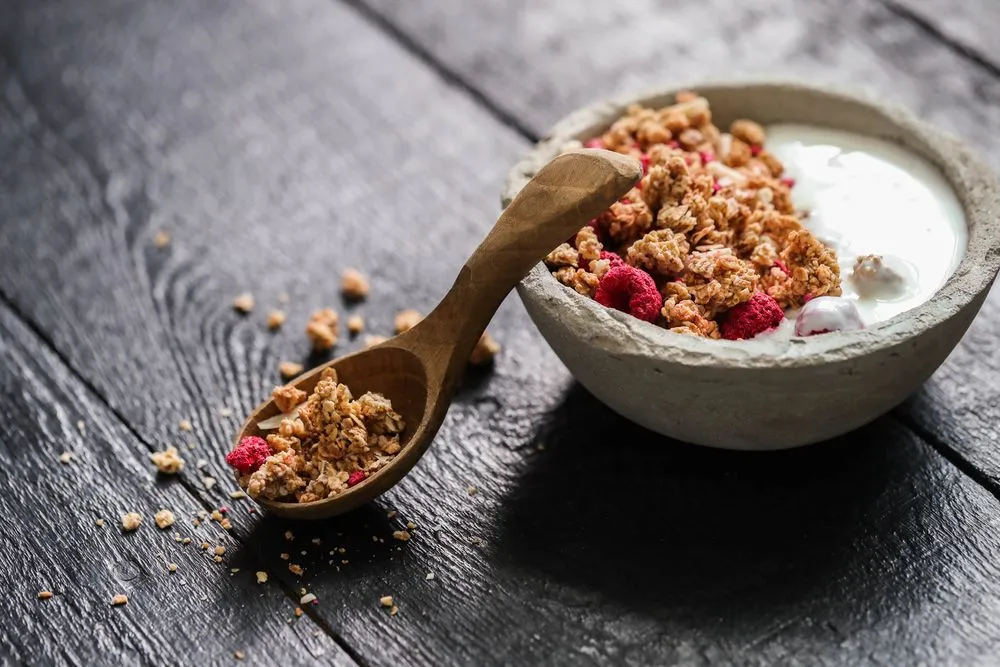
The calorie density in granola primarily stems from its ingredients. Nuts and seeds add healthy fats but are also calorie-dense, and commercial granolas often include sweeteners like honey, maple syrup, or brown sugar, which further increase the calorie count. Despite its health benefits, these added ingredients can turn granola into a calorie-rich food.
Restaurant Salads
We’ve all been there — ordering a salad at a restaurant, thinking it’s the healthiest choice on the menu. But many restaurant salads are anything but low-calorie. With toppings like croutons, bacon bits, cheese, candied nuts, and heavy dressings, some salads can exceed 1,000 calories!
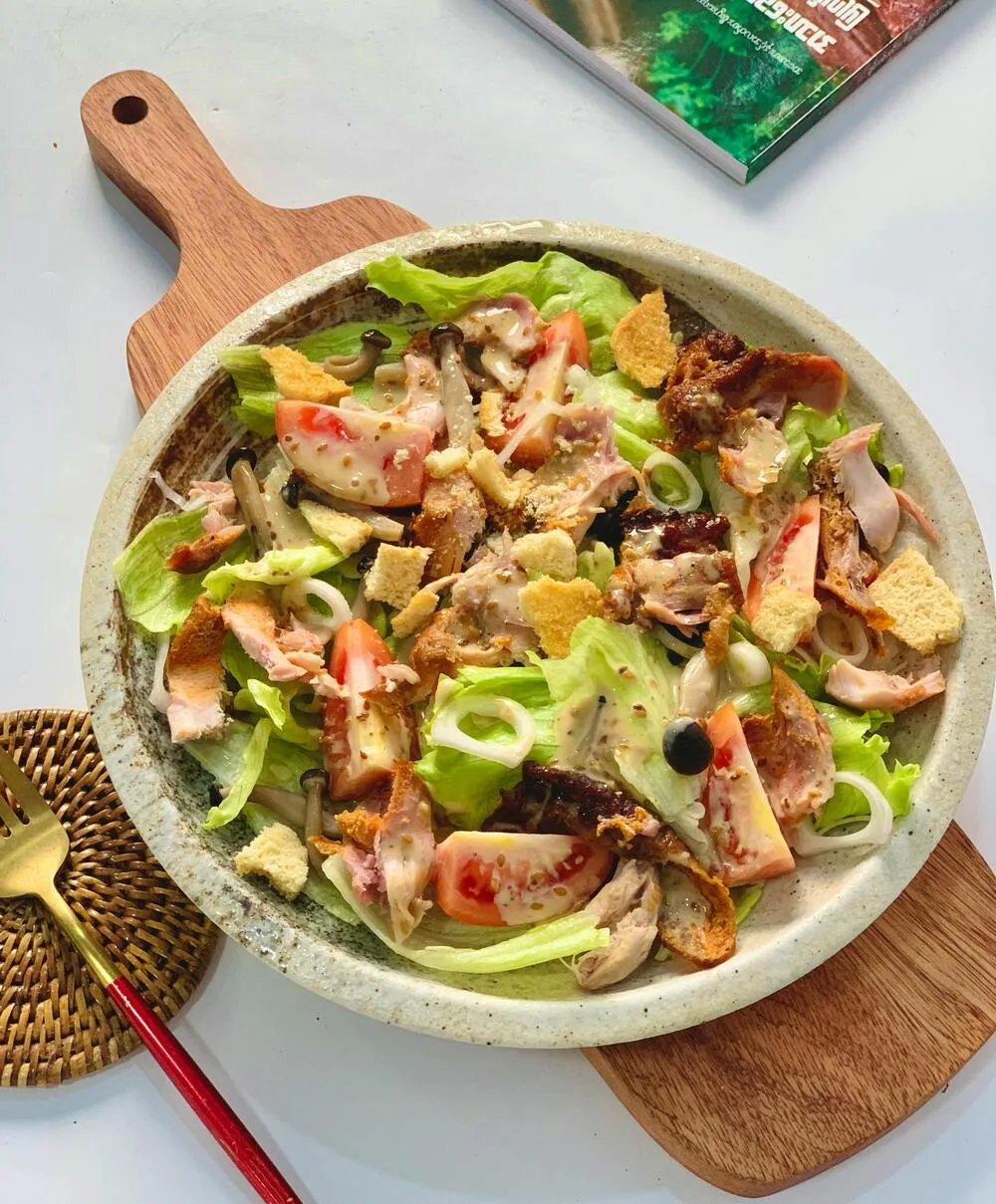
If you're looking to make a lighter choice, pay attention to the ingredients and opt for dressings on the side to better control those hidden calories.
Couscous
Couscous is often seen as a healthy side dish but it’s important to remember that it’s a type of pasta. A small serving can contain 200 calories, and it’s often served in larger portions.
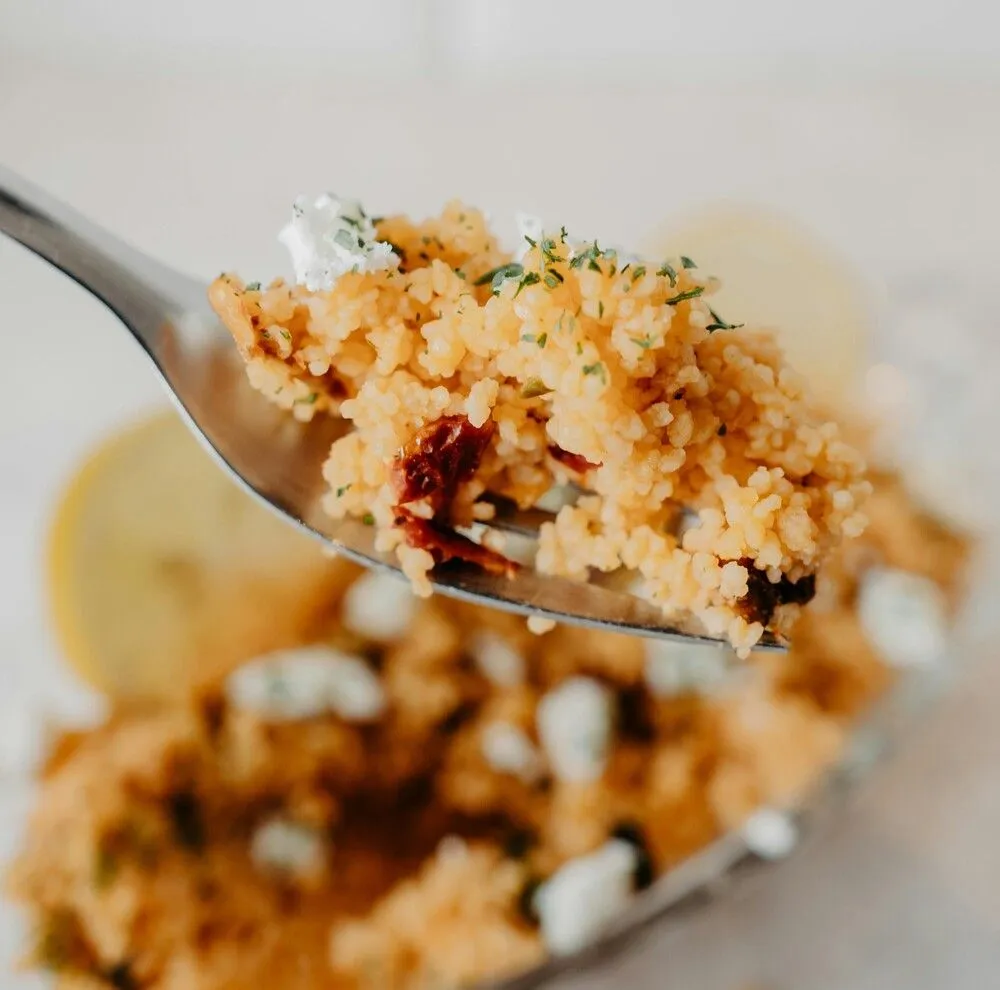
When paired with rich sauces or meats, couscous can quickly become a calorie-heavy addition to your meal. Opting for a whole grain like quinoa can help keep calories and nutrition in balance.
Sushi Rolls
Sushi rolls often get the label of being a healthy meal but they can be surprisingly high in calories. Depending on what’s inside, a single roll can clock in anywhere between 200 to 500 calories. The main culprits? The sticky rice, which is sometimes seasoned with sugar, and popular fillings like tempura, creamy sauces, and avocado. While the fish and veggies provide nutritional benefits, these extras can quickly turn a light meal into a calorie-heavy indulgence.
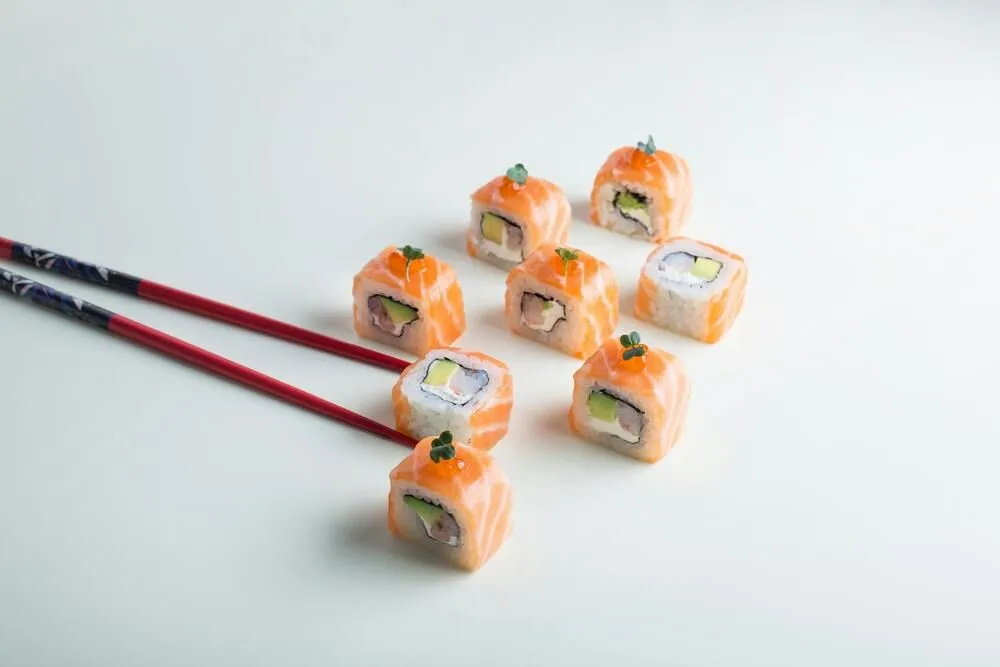
If you’re looking to cut down on calories while still enjoying sushi, opt for sashimi instead, which skips the rice altogether. You can also request brown rice or stick to rolls without fried ingredients for a healthier alternative.
Quiche
Quiche may look like a simple egg dish but don’t underestimate its calorie count. The crust, cream, cheese, and filling can turn a slice of quiche into a calorie-dense meal.
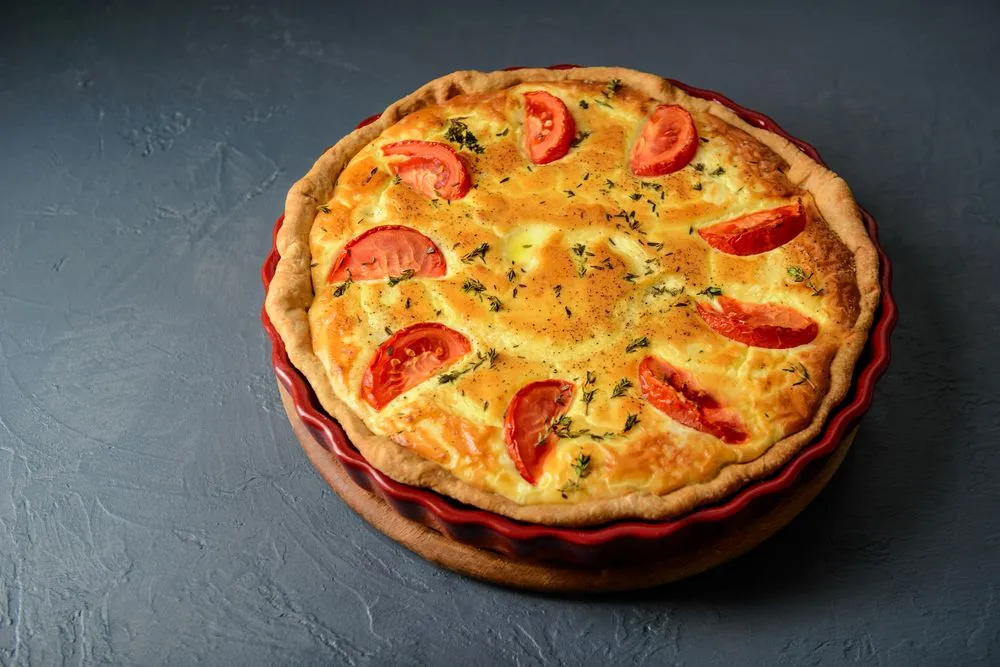
One slice of quiche Lorraine, for example, can pack 400-500 calories. If you’re trying to go lighter, you might want to stick to crustless quiche or veggie-heavy versions.
Pita Chips
Pita chips sound like a healthier alternative to regular chips but they can be just as calorie-packed. A small serving of pita chips (about 10 chips) can contain 150 calories, and if you’re pairing them with hummus, those calories only increase.
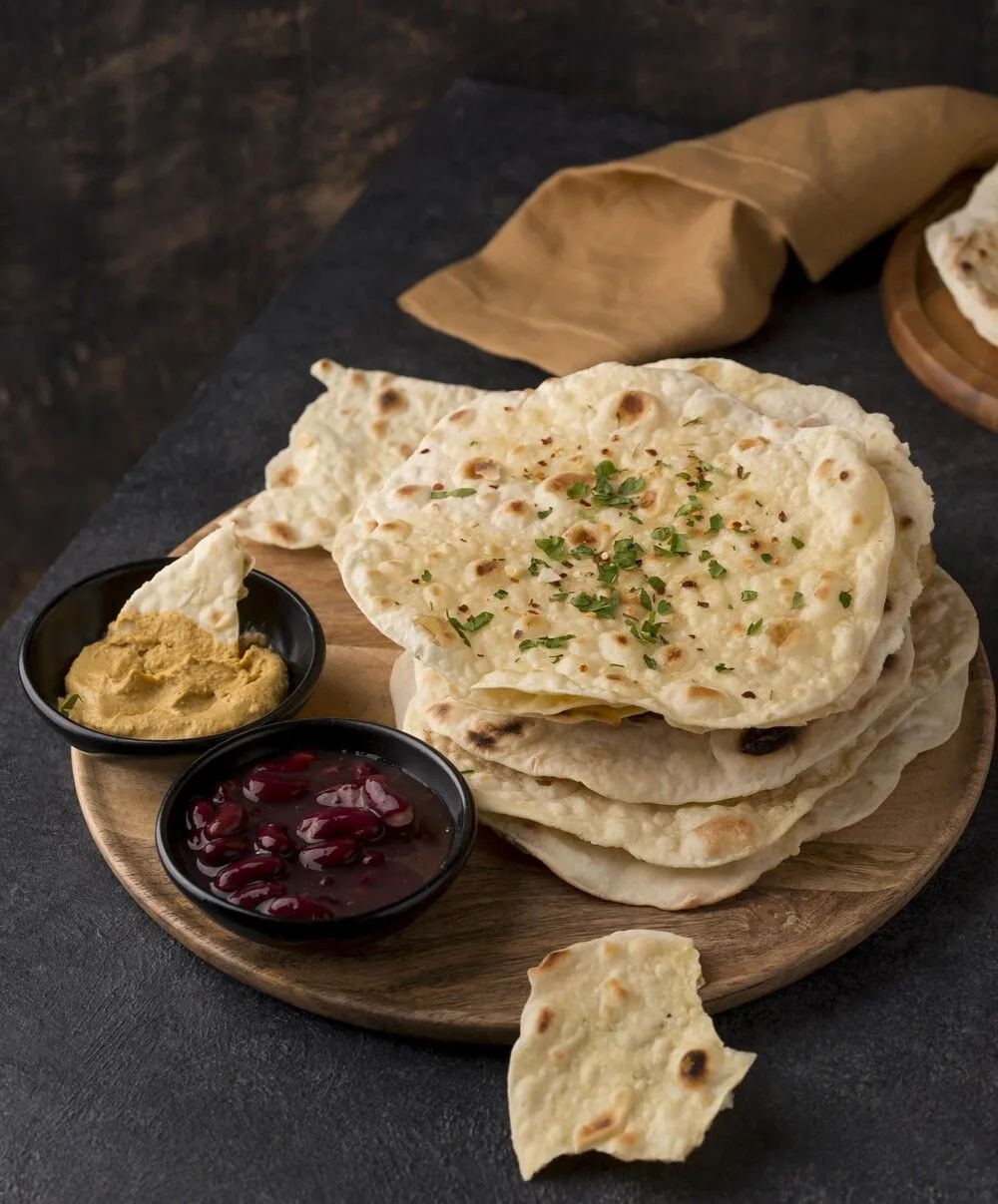
It’s easy to lose track of portions when snacking, so those chips can add up faster than you think.